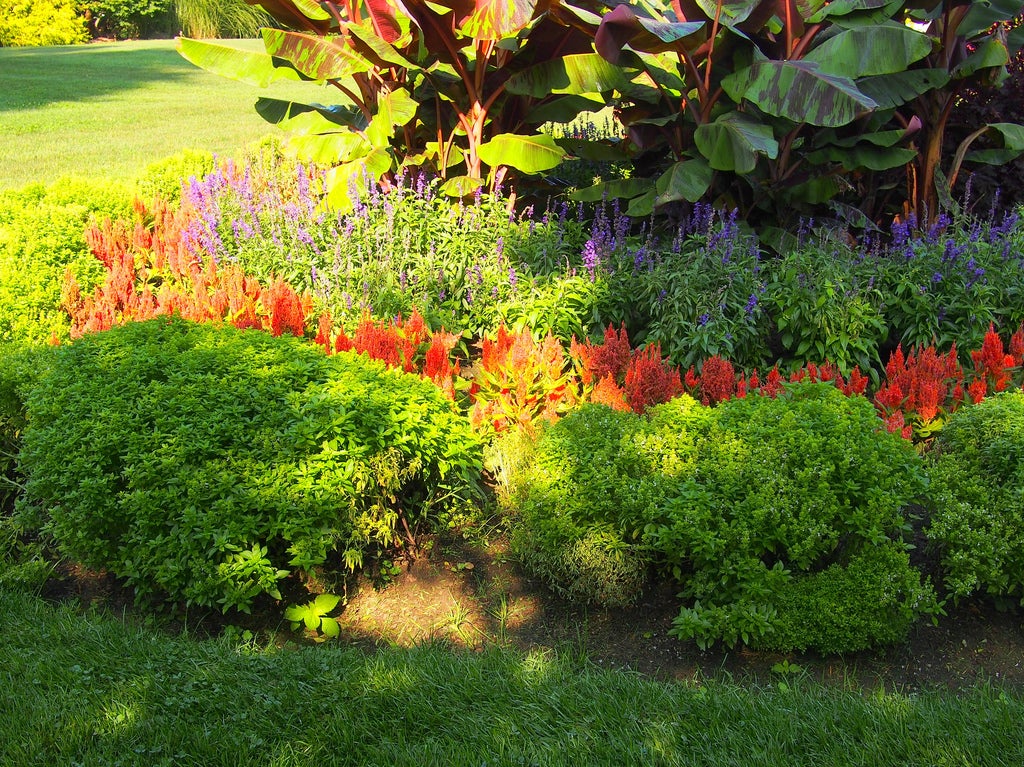Growing Minette Basil Plants – Information On Minette Dwarf Basil

Some types of basil can become a bit gangly and less than attractive although the aroma and flavor of the foliage can’t be beat. If you love basil’s fragrance and taste try growing Minette dwarf basil plants. What is Minette basil? Keep reading to find out all about the basil variety ‘Minette.’
What is Minette Dwarf Basil?
The basil cultivar ‘Minette’ (Ocimum basillicum ‘Minette’) is an adorable dwarf basil that grows into a compact little shrub perfect for knot gardens, edging, and container growing. Plants grow into 10 inch (25 cm.) globes rife with succulent, aromatic, small basil leaves.
Tiny this basil may be, but it still packs all of the anise-like sweet flavor along with the fragrant clove scent of the larger basil cultivars. This basil works well as a companion plant, as its pungent aroma also wards off aphids, mites, and tomato hornworms.
Minette basil grows into a perfectly uniform sphere with tiny, medium green leaves. In the summer, the plant blooms with small white spikes of flowers that attract butterflies and other beneficial insects. Of course, if you are growing the plant for culinary use, simply pinch the flowers off.
Growing Minette Basil
Minette basil is mature at 65 days from sowing. Seeds can be sown directly outside or started indoors. To start seed indoors, sow about six to eight weeks prior to the last frost for your area. If direct sowing, wait until the soil has warmed in the spring and then just lightly cover the seeds with soil.
When the seedlings have two sets of true leaves, thin the plants to 8 to 10 inches (20-25 cm.) apart. Seeds germinate in five to ten days. Whether sowing directly into the garden or transplanting, Minette, like all basil, loves hot weather and plenty of sun, so select a site accordingly. Soil should be fertile, moist but well-drained.
Mulch around the plants to conserve moisture and water them well and deep when the weather is hot and dry.
Sign up for the Gardening Know How newsletter today and receive a free copy of our e-book "How to Grow Delicious Tomatoes".
Harvest or prune frequently to encourage foliage production. Leaves can be used fresh, dried, or frozen by either pureeing with a little water and then freezing in ice cube trays, or by freezing the entire stem with the leaves attached.

Amy Grant has been gardening for 30 years and writing for 15. A professional chef and caterer, Amy's area of expertise is culinary gardening.
